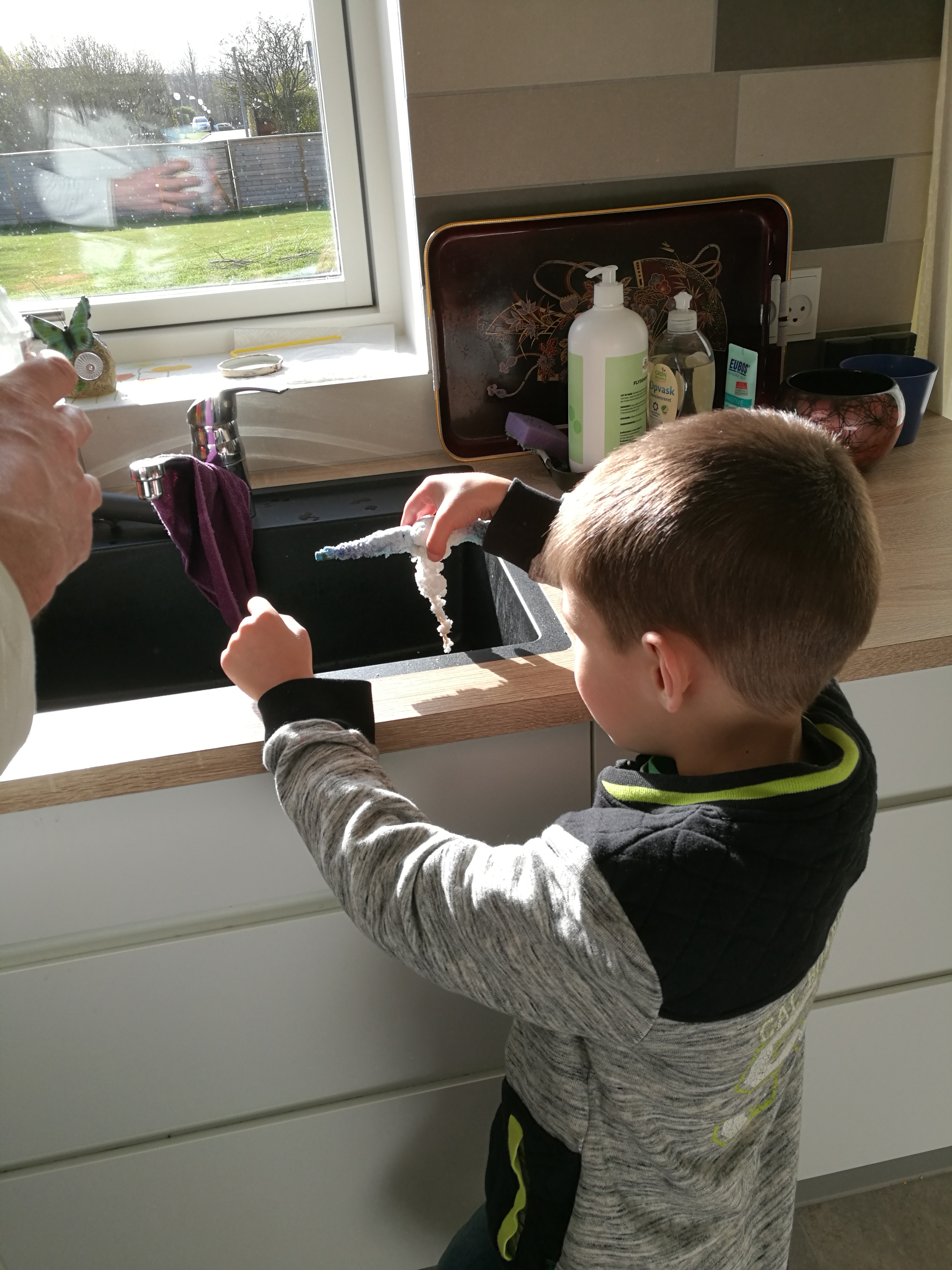Last year I published my first book on S1000D called “S1000D Issue 4.1 Untangled”. The feedback was very positive, and I was very glad to receive requests to create further resources in this respect.
With the new Issue of S1000D, Issue 4.2, and the wishes of the community to develop the information for Issue 4.1 further, the decision of creating a new resource came naturally.
And since both Issues are forward and backward compatible I decided to create a resource covering both Issues and show how the BRDP have changed from one Issue to another.
This new resource bears the title “S1000D® Issue 4.1 and Issue 4.2 Navigation Map” and subtitle “552+87 and 429+90 Business Rules Decision Points Arranged into two Linear Topic Maps to Facilitate Learning, Understanding, and Implementation of S1000D®”.
The price of this new resource is higher than for the first book. But this is also because of several new and valuable features:
- The new book gives information on two Issue of S1000D, Issue 4.1 and Issue 4.2.
- It provides Chap and Para references for each BRDP, whereas the first resource has sent you to Chap 2.5.3 of Issue 4.1 to find out this information.
- The information for each BRDP in both topic maps (BRDP chains) has been extended to identify how the certain BRDP information has changed when moving from Issue 4.1 to Issue 4.2: Whether it remained the same, was deleted, edited, or whether it is entirely new.
- Guidance information has been extended, in particular, various scenarios for its use.
- The book provides a mapping of the BRDP numbers to the topics defined in the book.
- The Issue 4.1 information was updated: two additional topics are identified, some of the BRDP changed places, OW’s words updated in a few places.
Many retailers allow a free look into the book, and I invite you to do so. The free sample shows a considerable amount of the information:
- All introductory chapters,
- List of all topics for Issue 4.1 both in alphabetical and sequential order,
- Detailed information on the first ten topics of the Issue 4.1 BRDP Chain. (at least for the free sample displayed on Amazon.com)
Thus this free sample will give you a good idea about the information provided by the book.
Price: $ 39.99 e-book, $ 79.99 paperback (the price in other currencies depends on the current exchange rate).
Please Note (!!!): if you buy the paperback version of the book, then you get the e-book for FREE.
You can find more details, including the links where you can buy the paperback and/or e-book, here: “S1000D® Issue 4.1 and Issue 4.2 Navigation Map”.




